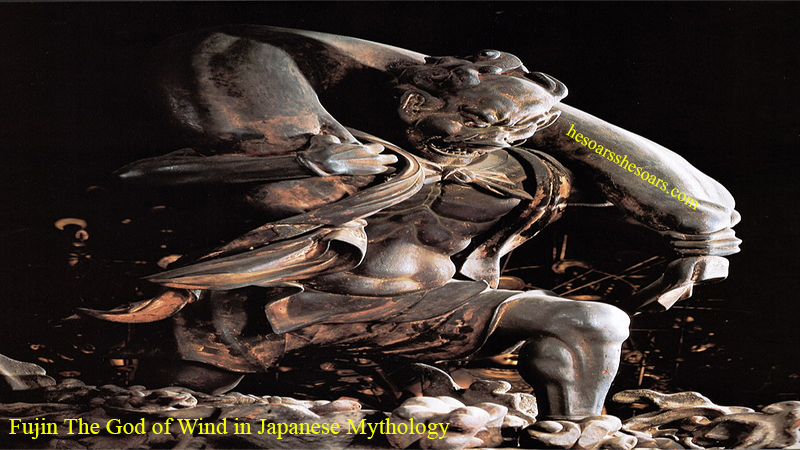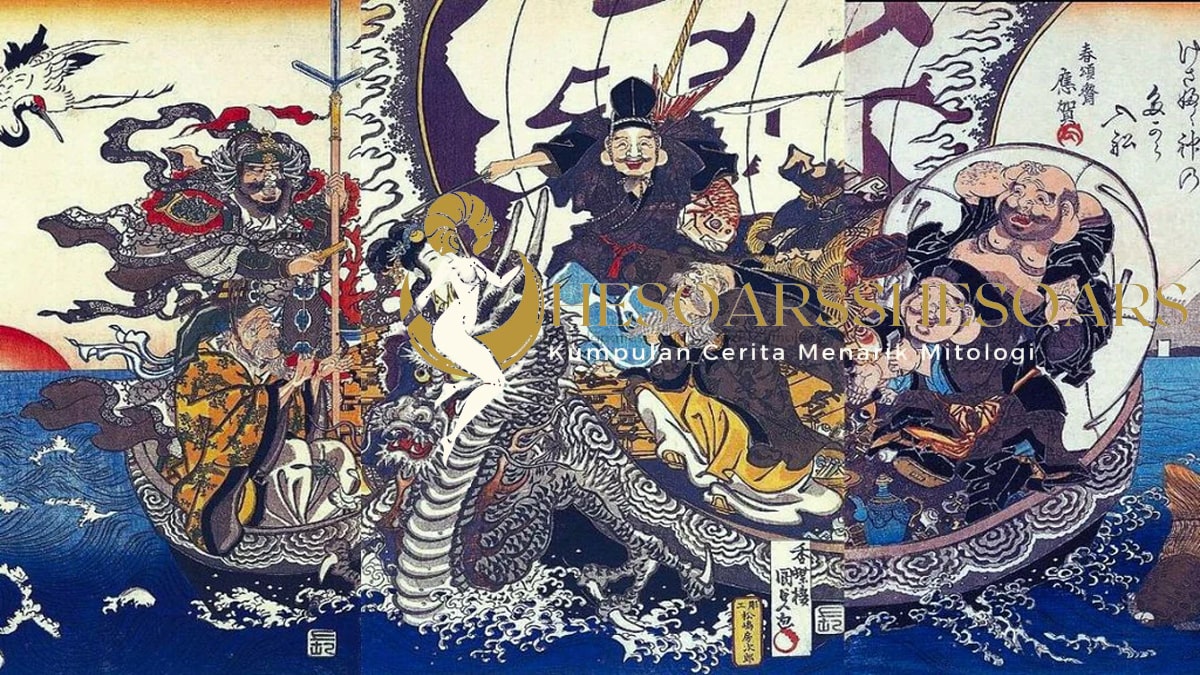Japanese mythology is a realm filled with a diverse pantheon of deities and supernatural beings, each with their own unique attributes and significance. One such deity that commands awe and reverence is Raijin, the god of thunder and lightning. In this article, we will delve into the intriguing myths and tales surrounding Raijin in Japanese culture.
Who Is Raijin The Thunder God?
Raijin, also known as Kaminari-sama, is a prominent figure in Japanese mythology and folklore. He is the god of lightning, thunder, and storms, and is often depicted as a fearsome and powerful deity. Raijin is one of the many kami, or spirits, revered in Shintoism, the indigenous religion of Japan.
Physical Appearance and Symbols ( Raijin The Thunder God )
Raijin is typically depicted as a fierce-looking deity with bright red skin, sharp claws, and wild, disheveled hair. He is often shown holding large drums, known as “taiko,” in each hand. These drums are believed to produce the thunderous sounds of thunderstorms when Raijin strikes them with his drumsticks. The sound of the drums is said to be the source of thunder in the natural world.
Another prominent feature of Raijin’s appearance is his large, gaping mouth. Legend has it that Raijin consumes human navels, which is a source of great fear and fascination among the people of Japan. It is believed that if you fall asleep during a thunderstorm with your navel exposed, Raijin may devour it.
Raijin and His Consort Fujin
Raijin is often depicted alongside his counterpart and brother, Fujin, the god of wind. Together, they are known as the Raijin-Fujin, and their combined forces are responsible for controlling the weather and natural elements. While Raijin wields the power of thunder and lightning, Fujin controls the winds.
The dynamic between Raijin and Fujin is symbolic of the balance and harmony of nature. Thunderstorms in Japanese mythology are seen as a result of their interactions, with Raijin’s thunderbolts being the response to Fujin’s winds.
Raijin’s Role and Significance
Raijin plays a crucial role in Japanese culture and folklore. Thunderstorms, as associated with Raijin’s actions, have both positive and negative connotations in Japanese tradition. On one hand, they are considered cleansing and purifying, as they bring rain to nourish the earth and clear the skies of impurities. On the other hand, the destructive power of lightning and thunder is also recognized, causing fear and reverence for Raijin.
In ancient Japan, people believed that performing rituals and prayers to appease Raijin and Fujin could protect them from the wrath of thunderstorms. Amulets and talismans featuring Raijin and Fujin were often worn as protective charms.
Myths and Legends of Raijin
While Raijin is a recurring character in various Japanese myths and legends, there is no single comprehensive story that encapsulates his character. Instead, Raijin appears in numerous tales, often as a force of nature that both terrifies and captivates.
One common theme in Raijin’s stories is his association with chaos and destruction. In some legends, Raijin’s temper can lead to violent storms and catastrophic events. In others, he is depicted as a mischievous deity who enjoys causing mayhem.
One popular legend tells of Raijin’s role in protecting Japan from evil spirits during the night. It is believed that the loud noises of thunder and lightning frighten away malevolent forces and keep them at bay, ensuring the safety of the people.
Raijin in Modern Culture
Despite his fearsome reputation, Raijin continues to be a prominent figure in Japanese culture. He is often depicted in various forms of media, including art, literature, and popular culture. Raijin’s imagery is frequently used in traditional Japanese tattoos, where he symbolizes strength, power, and protection.
Additionally, Raijin’s influence can be seen in modern Japanese rituals and festivals, particularly during celebrations related to the changing of seasons and harvest festivals. His enduring presence is a testament to the deep-rooted connection between Japanese society and the natural world.
Conclusion ( Raijin The Thunder God )
Raijin, the thunder god of Japanese mythology, embodies the awe-inspiring forces of nature and the complex relationship between humans and their environment. His fearsome appearance and the power of thunderstorms have captivated the imaginations of the Japanese people for centuries, making Raijin an enduring and iconic figure in the rich tapestry of Japanese folklore and culture.




